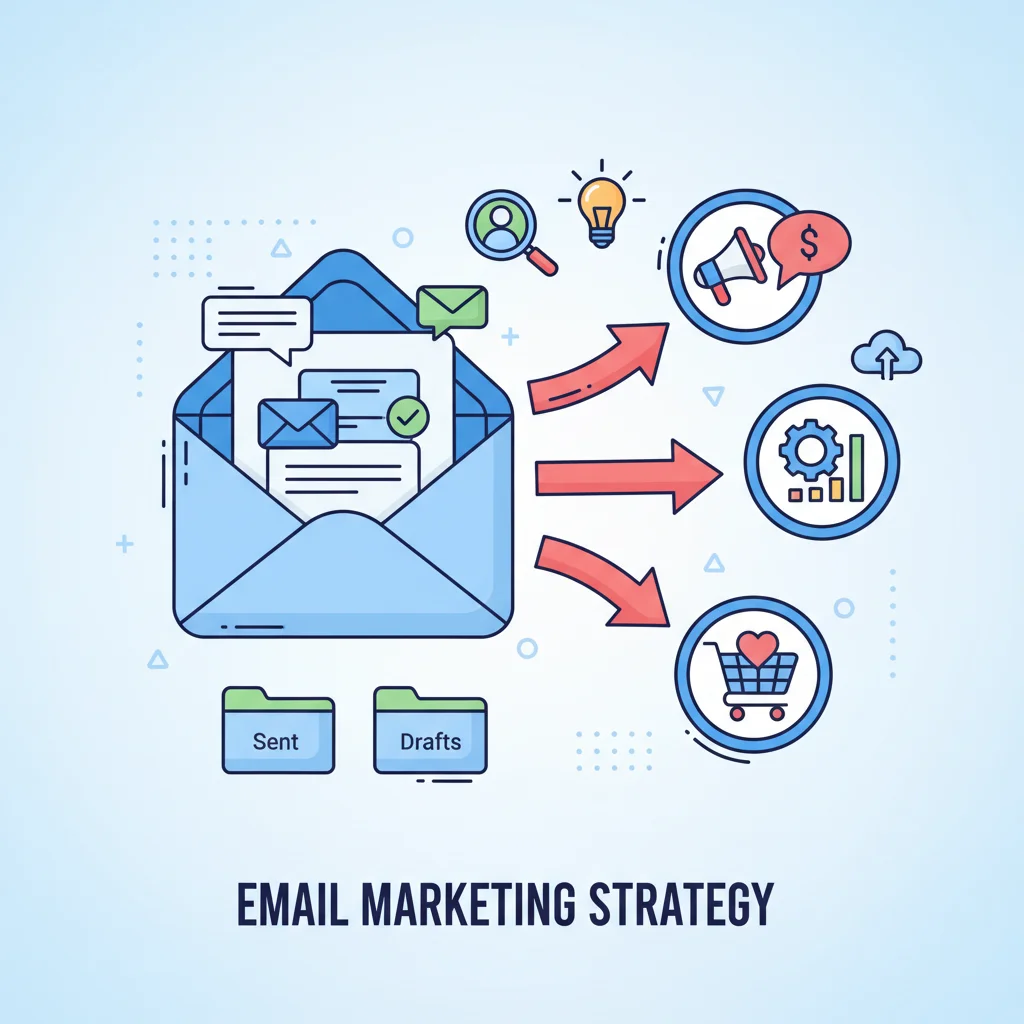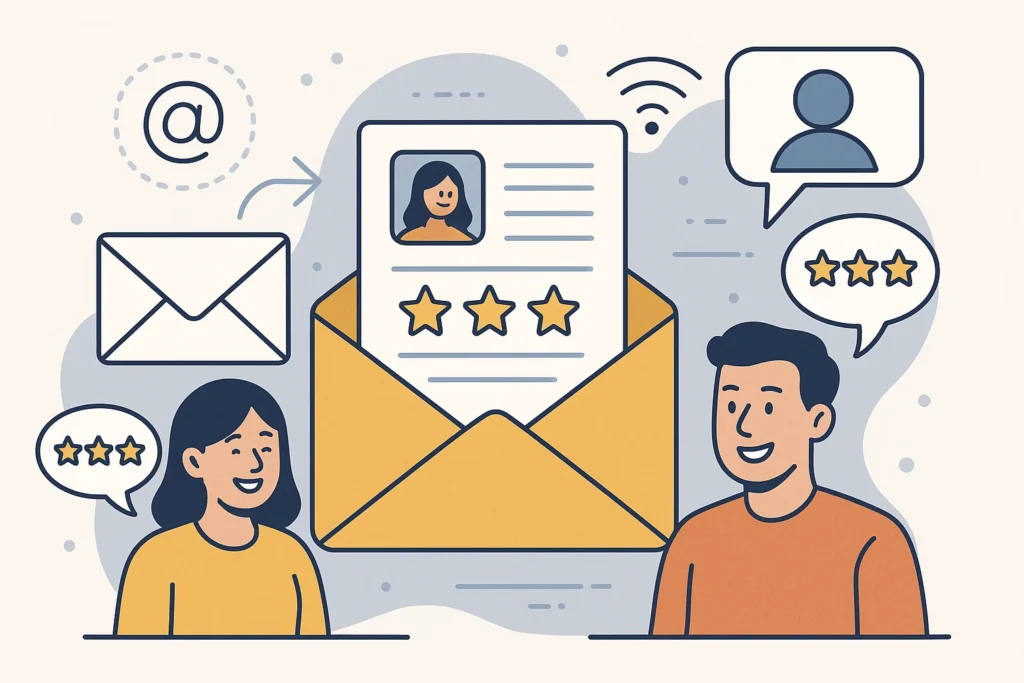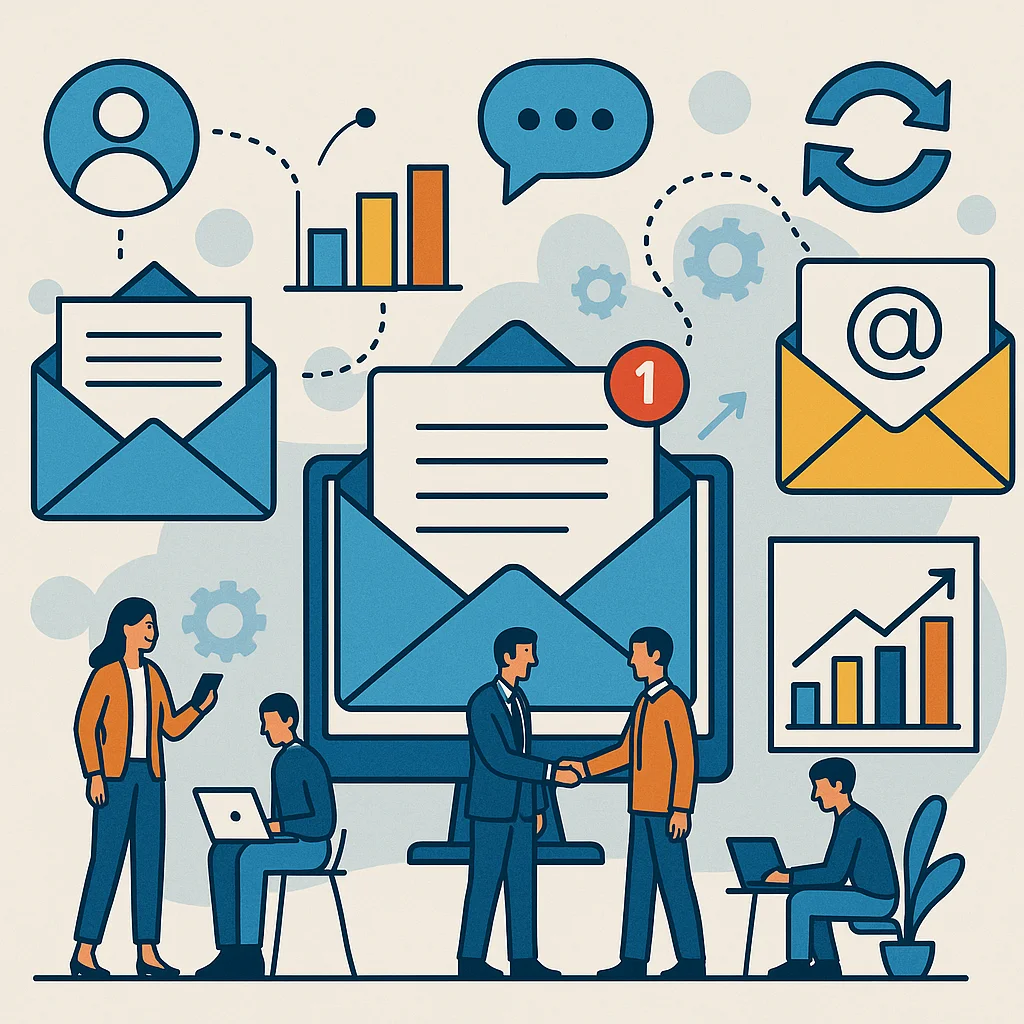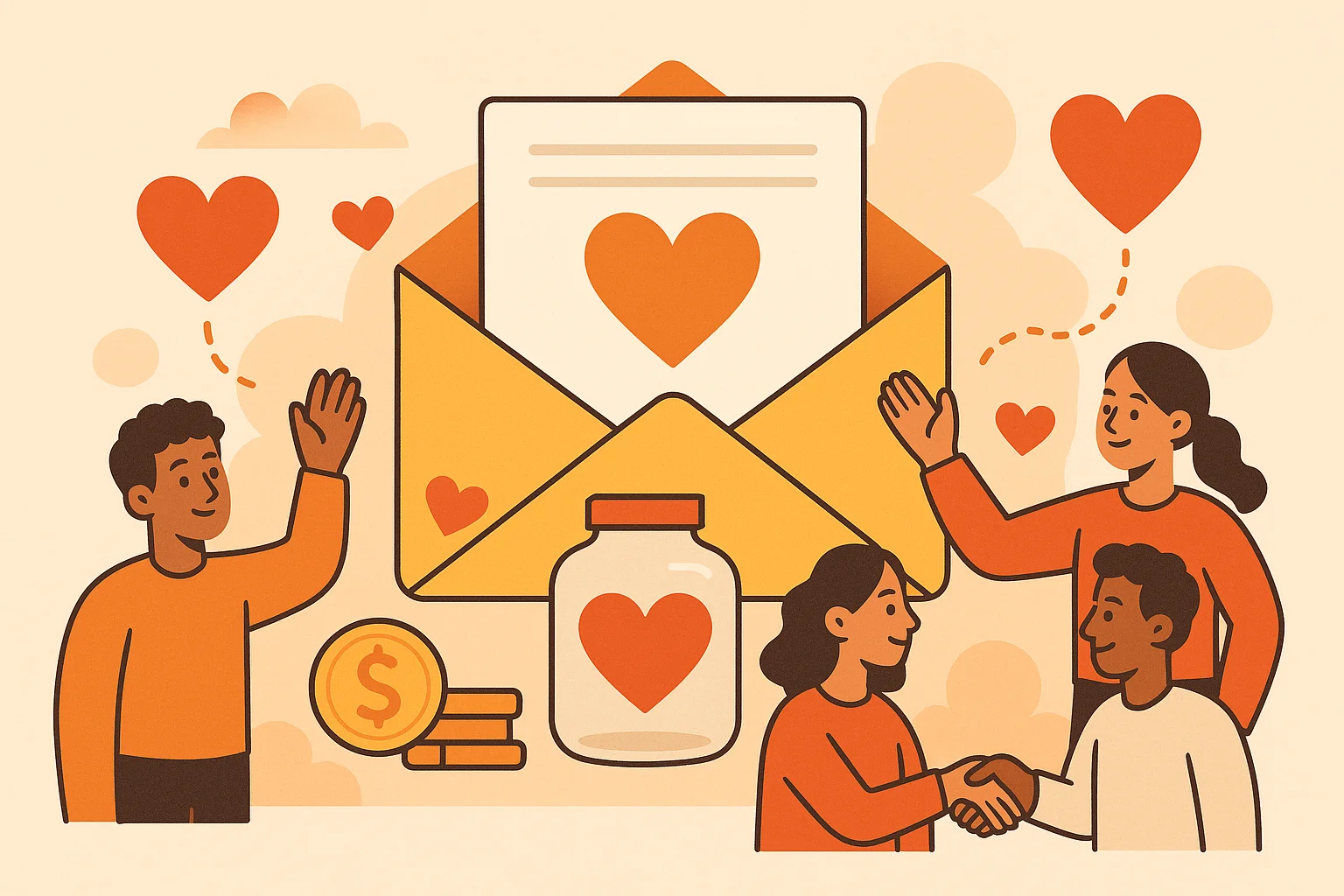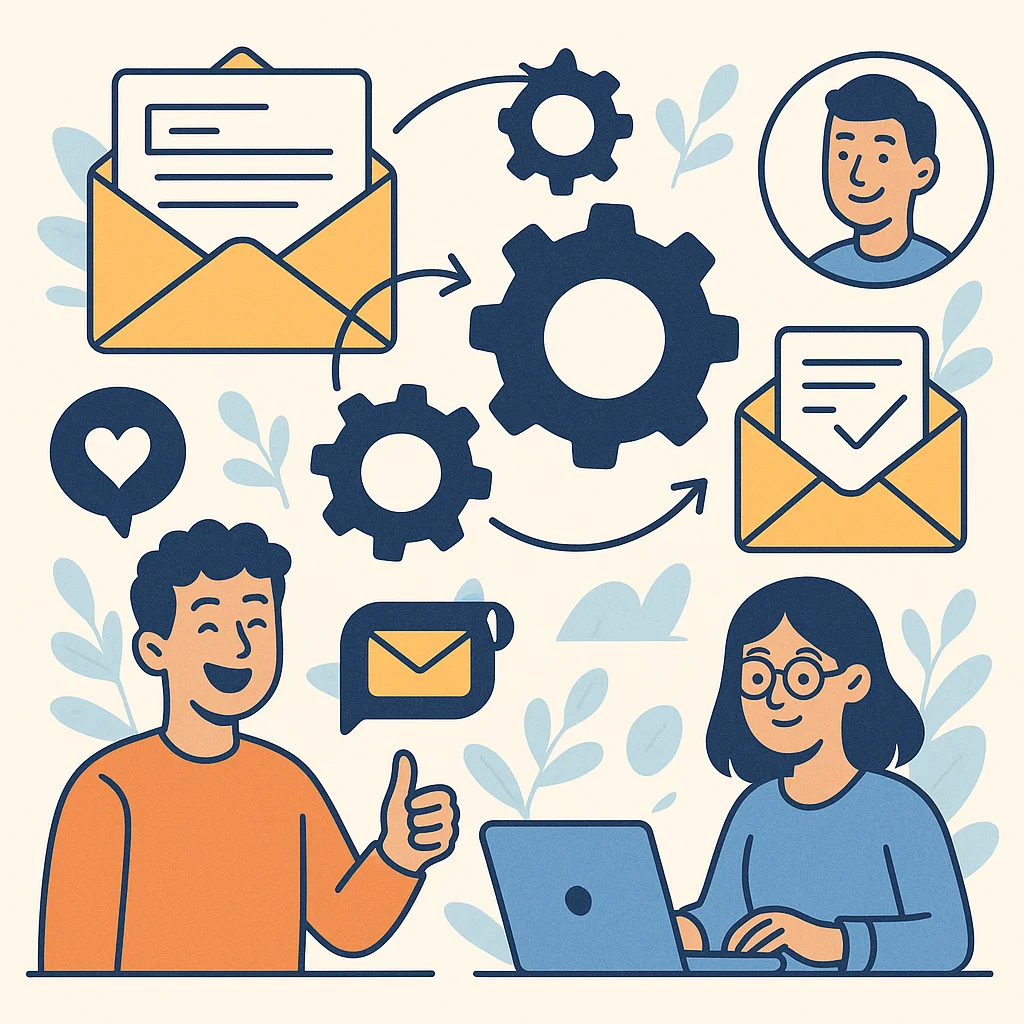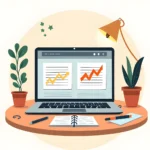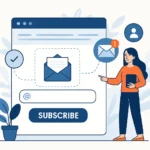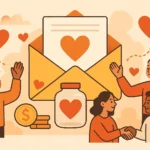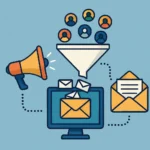Now Reading: Email Marketing For Product Recommendations Success Tips
-
01
Email Marketing For Product Recommendations Success Tips
Email Marketing For Product Recommendations Success Tips
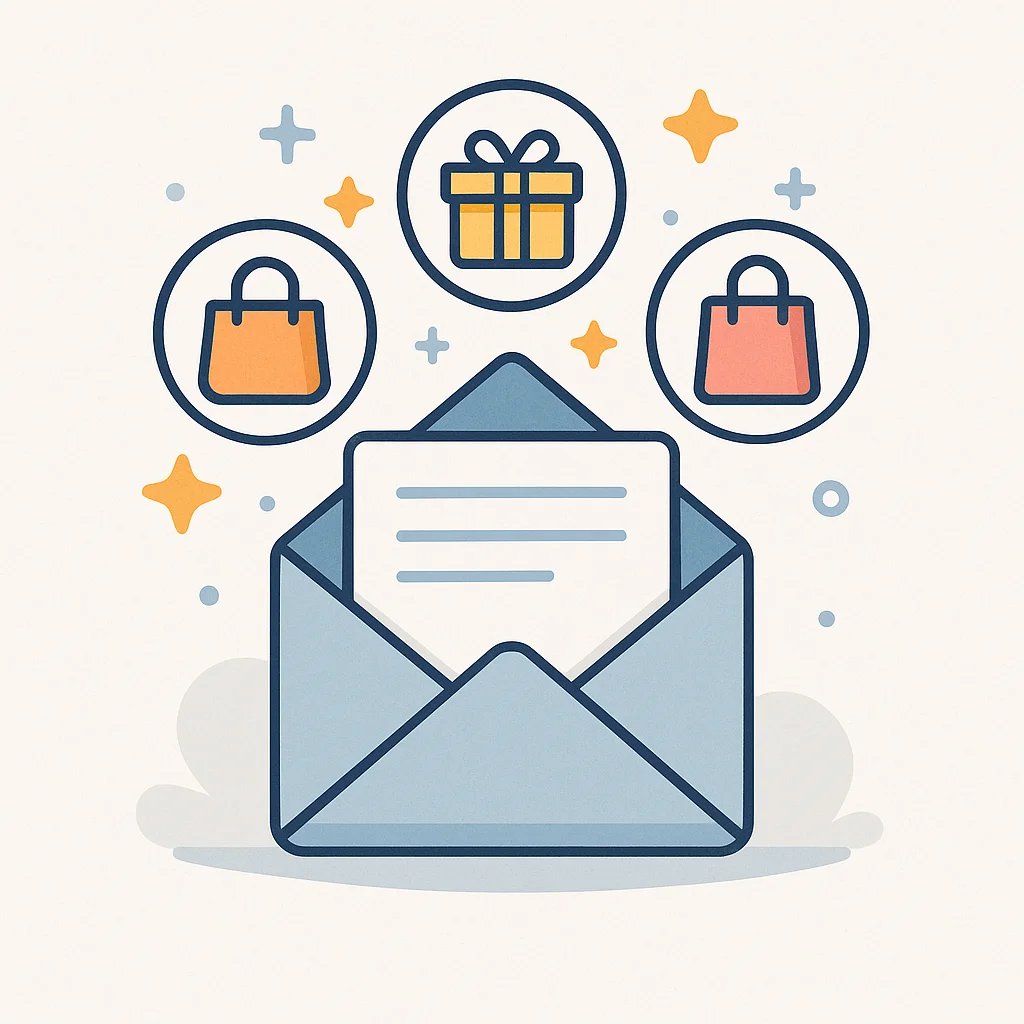
Your customers are drowning in choices, and your generic email blasts aren’t helping. They’re scrolling past your promotions, ignoring your newsletters, and buying from competitors who actually understand what they want. Every day you send irrelevant product suggestions is another day you’re pushing potential sales straight into your competitor’s arms. But here’s the thing – email marketing for product recommendations doesn’t have to be a shot in the dark. When done right, it becomes your most powerful sales tool.
Key Takeaways
Here’s what you need to know about using email marketing for product recommendations effectively:
- Personalization is everything – Use customer data like browsing history, past purchases, and preferences to create tailored suggestions that actually matter to each recipient
- Timing matters more than you think – Send recommendation emails at strategic moments like post-purchase, after browsing sessions, or when items are back in stock
- Multiple recommendation types work best – Mix cross-selling, upselling, abandoned cart recovery, and “customers also bought” suggestions throughout your email strategy
- Mobile-first design is non-negotiable – Over 46% of emails are opened on mobile devices, so your product images and layouts must look perfect on small screens
- Strong subject lines drive opens – Use curiosity, urgency, and personalization in subject lines to get your recommendation emails noticed in crowded inboxes
- Social proof accelerates decisions – Include customer reviews, ratings, and “bestseller” badges to build trust and encourage faster purchasing decisions
- Clear calls-to-action convert better – Use action-oriented phrases like “Shop Now,” “Get Yours,” or “Add to Cart” with strategically placed, visible buttons
How To Set Up Your Product Recommendation Email Strategy
Getting started with email marketing for product recommendations isn’t rocket science, but it does require some strategic thinking. I’ve seen too many businesses jump in without a plan and wonder why their emails aren’t converting.
Understanding Your Customer Data
Before you send a single recommendation email, you need to know your customers inside and out. This means diving deep into their behavior patterns, purchase history, and preferences.
Start by tracking these key data points:
- Browsing behavior – What products are they looking at?
- Purchase history – What have they bought before?
- Cart abandonment – What did they almost buy?
- Email engagement – Which emails do they actually open?
- Demographic information – Age, location, gender if available
The more data you collect, the better your recommendations become. But here’s the thing – you don’t need perfect data to get started. Even basic information like “bought a winter coat” can help you recommend scarves, boots, or gloves.
Segmenting Your Audience For Better Results
Not all customers are created equal, and your email marketing for product recommendations should reflect that reality. I like to create segments based on customer behavior and lifecycle stage.
High-value customers get exclusive previews and premium product suggestions. New customers receive educational content mixed with popular bestsellers. Inactive subscribers get win-back campaigns featuring their previously viewed items.
Here’s a simple segmentation strategy that works:
- Recent purchasers (bought within 30 days)
- Active browsers (visited site within 7 days)
- Lapsed customers (no activity in 60+ days)
- High-value customers (top 20% by revenue)
- Category preferences (based on past purchases)
Useful Articles:
Types Of Product Recommendation Emails That Actually Work
Let me walk you through the most effective types of recommendation emails I’ve seen businesses use successfully.
Welcome Series With Product Suggestions
Your welcome email series is prime real estate for product recommendations. New subscribers are engaged and curious about what you offer, making it the perfect time to showcase your best products.
Subject: Welcome! Here's what our customers love most
Hi [First Name],
Welcome to [Brand Name]! I'm excited you've joined our community of [product category] lovers.
Since you're new here, I wanted to share our customer favorites – the products that consistently get rave reviews and keep people coming back:
🌟 [Product Name] - Our #1 bestseller with 4.8/5 stars
🌟 [Product Name] - Perfect for beginners
🌟 [Product Name] - The one everyone's talking about
Ready to see what the buzz is about?
[Shop Bestsellers]
Questions? Just reply to this email – I read every single one.
Talk soon,
[Your Name]Post-Purchase Cross-Selling Emails
After someone makes a purchase, they’re in a buying mindset. This is your golden opportunity to suggest complementary products that enhance their original purchase.
Subject: Your order is confirmed! You might also love these...
Hi [First Name],
Thanks for your order of [Product Name]! Your items will ship within 24 hours.
While you wait, I thought you might be interested in these popular add-ons that pair perfectly with your purchase:
[Product Image] [Product Name] - $XX
"Perfect companion to [original product]"
[Add to Cart]
[Product Image] [Product Name] - $XX
"Customers who bought [original product] love this too"
[Add to Cart]
[Product Image] [Product Name] - $XX
"Complete your setup with this bestseller"
[Add to Cart]
Free shipping on orders over $50!
[Shop All Accessories]Abandoned Cart Recovery With Alternatives
When someone abandons their cart, don’t just remind them about what they left behind. Show them alternatives and related products that might be even better fits.
Subject: Still thinking about your cart? Here are some alternatives
Hi [First Name],
I noticed you were checking out some great items earlier but didn't complete your purchase. No worries – happens to the best of us!
Your cart: [Product Name] - $XX
But before you decide, check out these similar options that other customers absolutely love:
[Product Image] [Alternative Product] - $XX
⭐⭐⭐⭐⭐ (127 reviews)
"Even better quality than I expected!"
[Product Image] [Alternative Product] - $XX
⭐⭐⭐⭐⭐ (89 reviews)
"This was exactly what I was looking for!"
Still want your original choice? No problem!
[Complete Your Purchase]
Or explore all options:
[Shop Similar Items]Browsing-Based Recommendation Emails
When customers browse your site without purchasing, you can follow up with emails featuring the products they viewed plus similar recommendations.
Subject: Those items you were looking at? They're flying off the shelves
Hi [First Name],
I saw you checking out some amazing products on our site yesterday. Great taste!
Since you seemed interested in [Product Category], I thought you'd want to know about these customer favorites:
[Product Image] [Product Name] - $XX
The one you were looking at ↑
⭐⭐⭐⭐⭐ "Exactly what I needed!"
[Product Image] [Similar Product] - $XX
Customers also love this one ↑
⭐⭐⭐⭐⭐ "Better than expected!"
[Product Image] [Complementary Product] - $XX
Perfect to pair with either ↑
⭐⭐⭐⭐⭐ "Must-have accessory!"
Ready to treat yourself?
[Shop Now]
P.S. - Free shipping on orders over $50 ends tonight!Crafting Compelling Subject Lines For Recommendation Emails
Your subject line is make-or-break for email marketing for product recommendations. It doesn’t matter how perfect your product suggestions are if nobody opens the email.
Personalization That Actually Works
Generic personalization like “Hi [First Name]” isn’t enough anymore. Use specific details about their behavior or preferences to create subject lines that feel genuinely personal.
Examples that work:
- “Sarah, your favorite brand just dropped new arrivals”
- “Back in stock: The jacket you were eyeing”
- “Perfect match for your recent purchase”
- “Items similar to what you bought last week”
Creating Urgency Without Being Pushy
Urgency works, but it has to feel authentic. Instead of fake countdown timers, use real scarcity and time-sensitive offers.
Effective urgency examples:
- “Only 3 left in your size”
- “Sale ends tonight: Items from your wishlist”
- “Restock alert: Your favorites are back”
- “Limited edition: Gone when they’re gone”
Question-Based Subject Lines
Questions naturally create curiosity and engagement. They make people want to open the email to find the answer.
Question examples that convert:
- “Looking for the perfect gift?”
- “Ready to upgrade your ?”
- “Want to see what’s trending?”
- “Curious about our newest arrivals?”
Useful Articles:
Designing Product Recommendation Emails That Convert
Visual design can make or break your recommendation emails. Even the best product suggestions won’t convert if your email looks unprofessional or is hard to navigate.
Mobile-First Design Principles
Since nearly half of all emails are opened on mobile devices, your design needs to work perfectly on small screens first, then scale up to desktop.
Mobile design essentials:
- Single-column layouts work best
- Large, tappable buttons (minimum 44px)
- High-quality product images that load quickly
- Readable font sizes (minimum 14px)
- Plenty of white space between elements
Product Image Best Practices
Your product images are doing most of the heavy lifting in recommendation emails. They need to be compelling enough to drive clicks and purchases.
Image guidelines that work:
- Use high-resolution photos (but optimize file sizes)
- Show products in context when possible
- Include multiple angles for complex products
- Maintain consistent styling across all images
- Add subtle shadows or borders to make images pop
Strategic Use Of Social Proof
Social proof elements like reviews, ratings, and customer photos can dramatically increase conversion rates for product recommendations.
Social proof elements to include:
- Star ratings with review counts
- Short customer quotes or testimonials
- “Bestseller” or “Customer Favorite” badges
- User-generated content photos
- “X customers bought this” notifications
Advanced Personalization Techniques
Basic personalization is just the starting point. Advanced email marketing for product recommendations uses sophisticated data analysis to create truly individualized experiences.
Behavioral Trigger Sequences
Set up automated email sequences that trigger based on specific customer behaviors. These feel more natural and relevant than scheduled broadcasts.
Effective behavioral triggers:
- Viewed product but didn’t purchase (send within 2 hours)
- Abandoned cart (send sequence over 3 days)
- Made first purchase (welcome series over 2 weeks)
- Hasn’t purchased in 60 days (win-back campaign)
- Browsed specific category multiple times (category-focused recommendations)
Dynamic Content Blocks
Use dynamic content to show different product recommendations to different segments within the same email campaign. This lets you send one email that feels personalized to each recipient.
Dynamic content examples:
- Show different products based on past purchase categories
- Display location-specific inventory or pricing
- Customize messaging based on customer lifecycle stage
- Adjust product quantities based on order history
Predictive Recommendations
Advanced email platforms can use machine learning to predict what products customers are most likely to purchase next, based on similar customer behavior patterns.
Predictive recommendation types:
- “Customers like you also bought”
- “Based on your purchase history”
- “Trending in your area”
- “Perfect for your next order”
Useful Articles:
Timing Your Product Recommendation Emails
When you send your emails can be just as important as what you send. Different types of recommendations work better at different times.
Post-Purchase Timing Strategy
After someone makes a purchase, there’s a specific window where they’re most receptive to additional recommendations.
Optimal post-purchase sequence:
- Immediately: Order confirmation with related accessories
- Day 1: Shipping notification with complementary products
- Day 3-5: Delivery confirmation with usage tips and add-ons
- Week 2: Follow-up with replenishment or upgrade suggestions
- Month 1: Broader category recommendations based on satisfaction
Seasonal And Event-Based Recommendations
Align your product suggestions with seasons, holidays, and personal events when relevant.
Seasonal timing examples:
- Back-to-school products in late summer
- Holiday gift guides starting in November
- Spring cleaning products in March
- Summer gear recommendations in May
Frequency And Cadence Considerations
Finding the right email frequency for recommendations requires testing and monitoring engagement metrics. Too many emails annoy subscribers, too few miss opportunities.
General frequency guidelines:
- High-value customers: 2-3 recommendation emails per week
- Regular customers: 1-2 recommendation emails per week
- New subscribers: 1 recommendation email per week
- Inactive subscribers: 1 recommendation email every 2 weeks
Writing Copy That Sells Without Being Salesy
The copy in your recommendation emails needs to feel helpful and conversational, not pushy or overly promotional.
Focusing On Benefits Over Features
Instead of listing product specifications, focus on how the product will improve the customer’s life or solve their problems.
Feature vs. benefit examples:
- Feature: “Made with organic cotton”
- Benefit: “So soft, you’ll want to live in it”
- Feature: “20-hour battery life”
- Benefit: “Lasts through your longest workdays”
- Feature: “Waterproof construction”
- Benefit: “Adventure-ready, no matter the weather”
Using Customer Language
Pay attention to how your customers describe your products in reviews and feedback. Use their language in your recommendation emails to create instant connection.
Customer language examples:
- “Life-changing” (from customer reviews)
- “Can’t live without it” (from testimonials)
- “Perfect for busy mornings” (from feedback)
- “Finally found the one” (from social media)
Creating Emotional Connections
People buy based on emotion and justify with logic. Your recommendation emails should tap into the emotional reasons people want your products.
Emotional triggers that work:
- Confidence: “Feel amazing in this”
- Convenience: “Makes your life so much easier”
- Belonging: “Join thousands of happy customers”
- Achievement: “You deserve this upgrade”
Testing And Optimizing Your Recommendation Emails
Continuous testing is crucial for improving your email marketing for product recommendations. Small changes can lead to significant improvements in performance.
A/B Testing Essential Elements
Test one element at a time to get clear insights about what’s driving performance changes.
Elements to test:
- Subject lines (personalization vs. generic)
- Send times (morning vs. evening)
- Number of products shown (3 vs. 5 vs. 8)
- CTA button colors and text
- Email layout (single column vs. multi-column)
- Social proof placement and type
Key Metrics To Track
Focus on metrics that directly relate to your business goals, not just vanity metrics like open rates.
Important metrics for recommendation emails:
- Click-through rate: Are people interested in your suggestions?
- Conversion rate: Are clicks turning into purchases?
- Revenue per email: How much money is each email generating?
- Average order value: Are recommendations increasing purchase amounts?
- Customer lifetime value: Are recommendation emails creating long-term customers?
Optimization Strategies That Work
Based on testing results, implement changes systematically to improve performance over time.
Proven optimization tactics:
- Add scarcity elements to high-performing products
- Use customer photos instead of stock images
- Include price comparisons or savings calculations
- Test different recommendation algorithms
- Experiment with email length and product count
Integration With Other Marketing Channels
Your email marketing for product recommendations shouldn’t exist in isolation. Integrate it with your other marketing efforts for maximum impact.
Website Integration
Connect your email recommendations with your website experience to create seamless customer journeys.
Integration opportunities:
- Show “as seen in email” badges on recommended products
- Use email click data to personalize website experiences
- Retarget email clickers with social media ads
- Create dedicated landing pages for email campaigns
Social Media Coordination
Coordinate your email recommendations with your social media content to reinforce messaging across channels.
Coordination strategies:
- Share customer photos from email campaigns on social
- Use email content as inspiration for social posts
- Cross-promote email-exclusive products on social media
- Create social proof by sharing email success stories
Customer Service Alignment
Train your customer service team to understand your recommendation strategy so they can provide consistent experiences.
Service alignment tactics:
- Share popular recommended products with support team
- Use recommendation data to anticipate customer questions
- Train staff to suggest email signup for personalized recommendations
- Create FAQ content based on recommendation email feedback
Email marketing for product recommendations transforms random product pushes into strategic, personalized experiences that customers actually want to receive. When you match the right products with the right people at the right time, your emails become valuable resources instead of inbox clutter, driving consistent revenue growth for your business.


